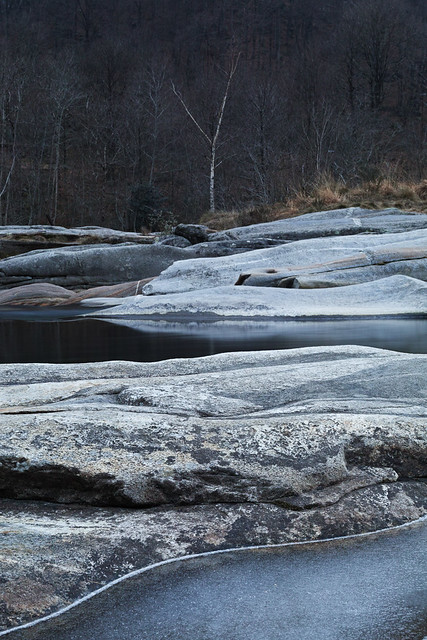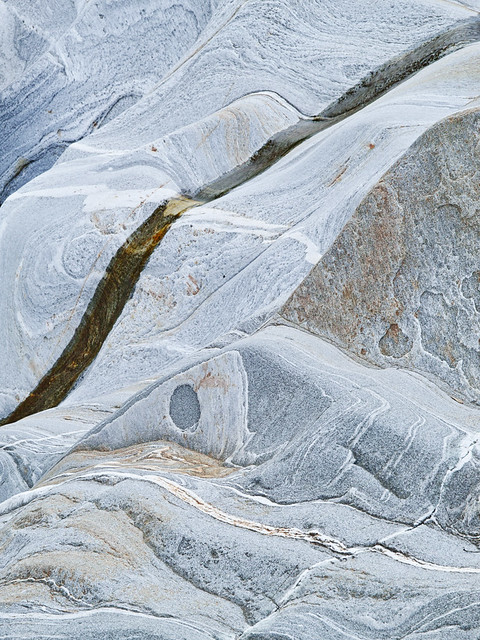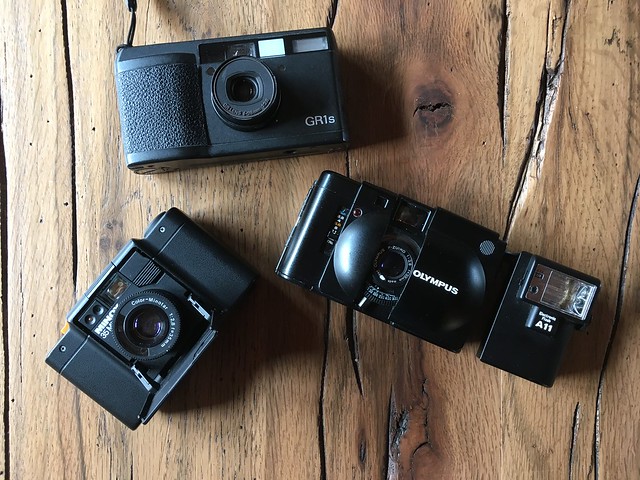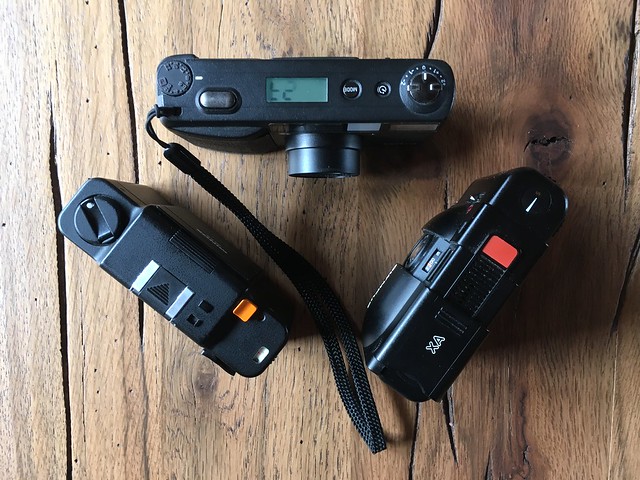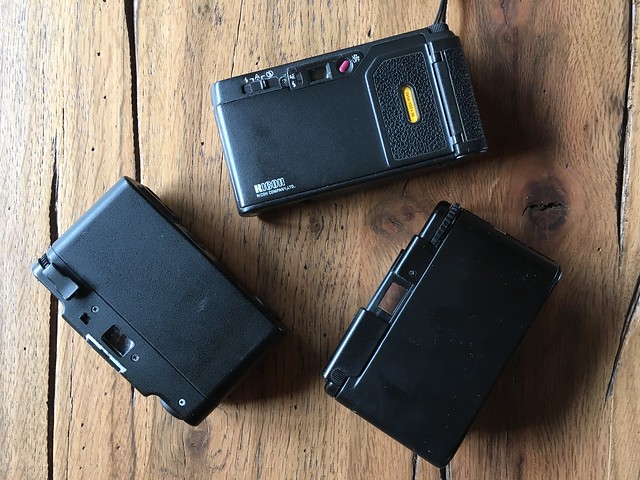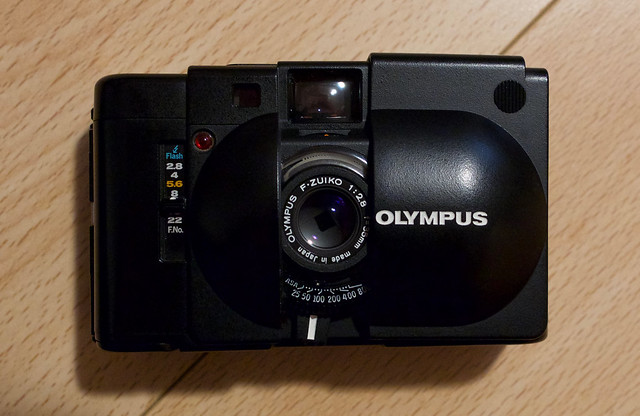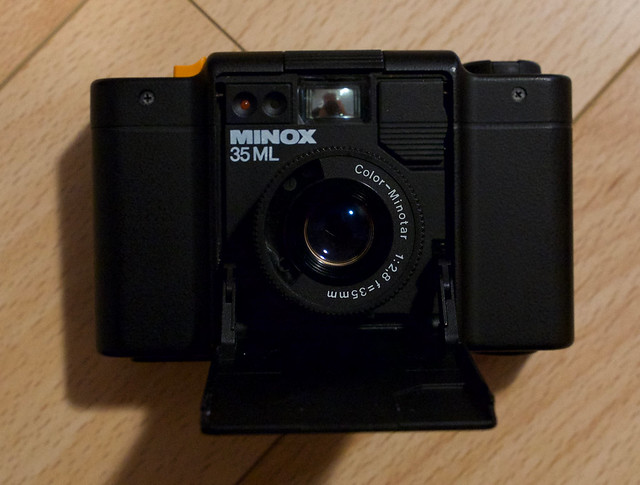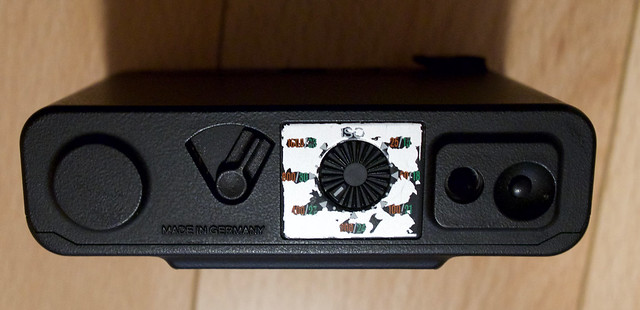Ricoh Revival
old camera, new tricks
I’ve been using Ricoh GR cameras since 1997. In fact, the Ricoh GR1 was the first camera I bought new*, and had a significant part to play in my starting to take photography seriously. Since then, I’ve always owned a Ricoh GR of one kind or another, although my use of them goes in peaks and troughs.
Two recent events revived my interest in the GR - or rather, reinforced it, it hadn’t lapsed that much - the announcement of the new GRIIIx, and an application called Ricoh Recipes. I’ll start with Ricoh Recipes: given the tagline “It’s like shooting film on your Ricoh GR” how could I resist?
Ricoh Recipes is an app for IOS and Android which presents various parameter configurations you can manually load into your GR, GR II or GR III, and register under one of the custom entries on the mode dial. The process is a bit finicky, but it works, and the results are quite interesting. I tried out the “Color Chrome” and “Monochrome Negative” for the GR II.
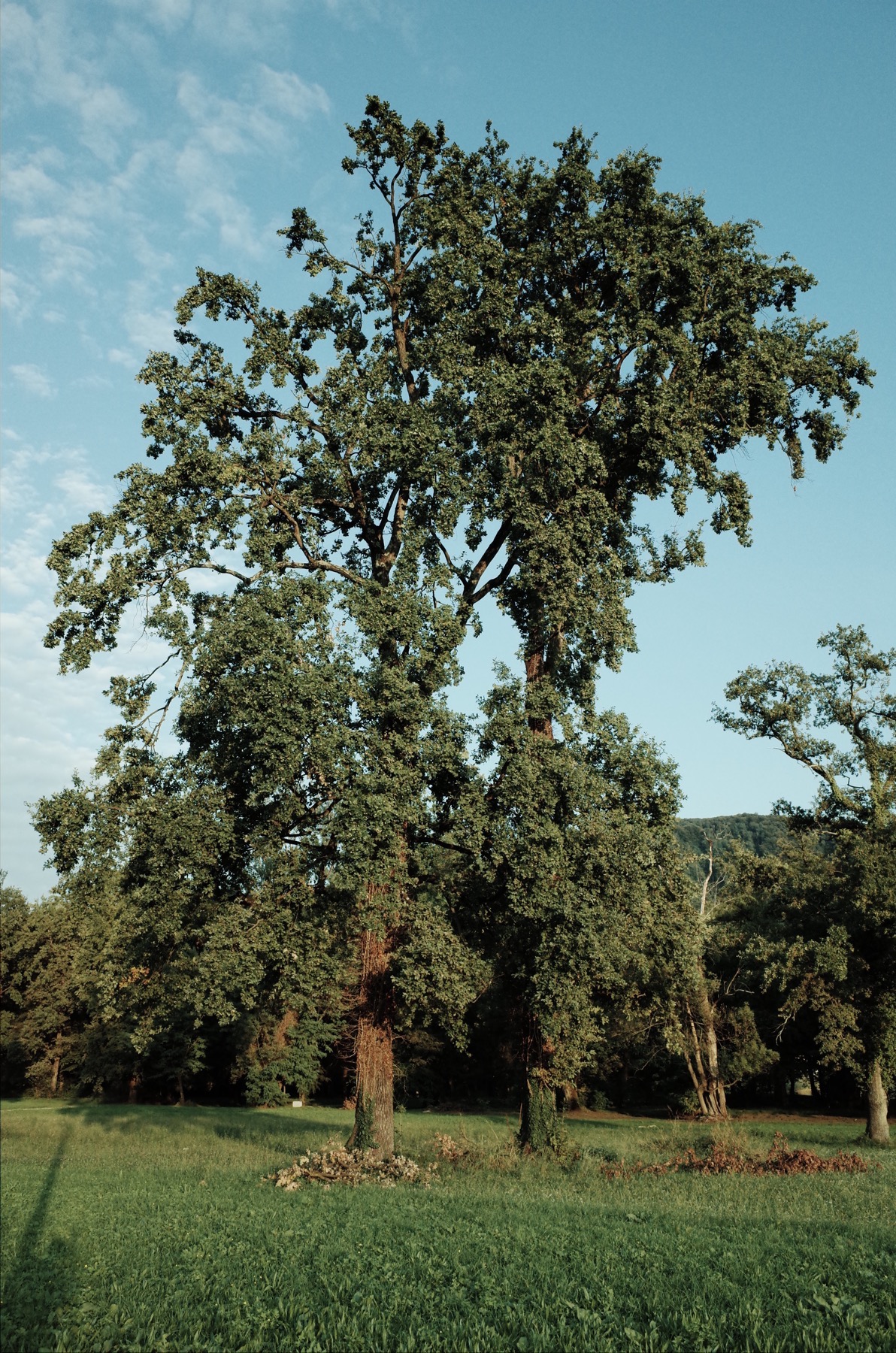
Ricoh Recipes Color Chrome
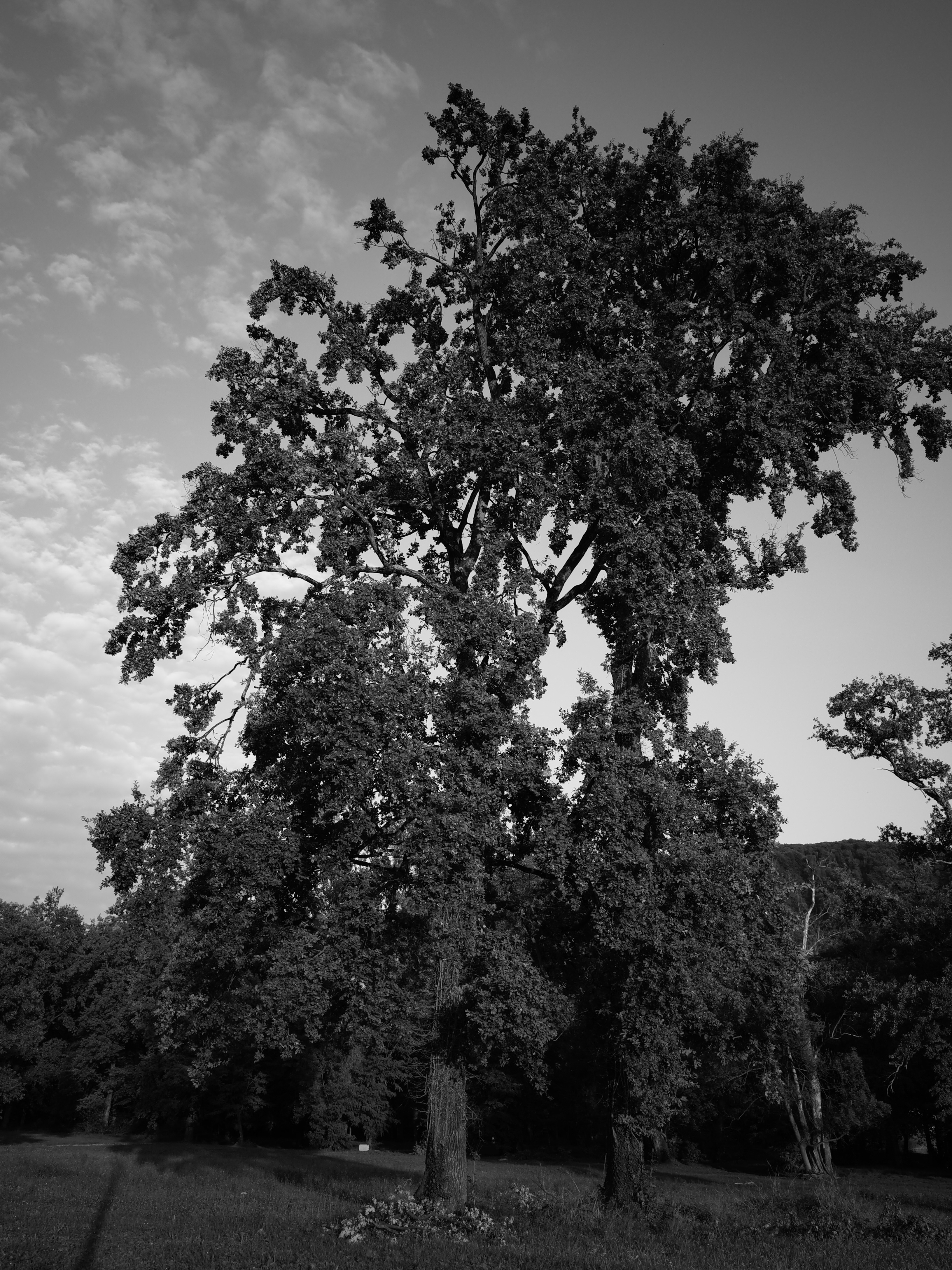
Ricoh Recipes Monochrome Negative
Well, they don’t turn bad photos into good photos, but they can inject a bit of a spark into mundane local scenes you’ve seen a thousand times before, and make using the camera more fun and interesting. And they’re free - although there is a paid level, it does some a bit expensive given that it is essentially just a “thank you” to the developer. Even more so as it is a subscription… had it been a one-off I’d have happily put some coins in the tip jar.
The second event was the out of the blue announcement of the Ricoh GRIIIx. This is a really big deal. With the sole exception of the film era GR21, all GR cameras have a 28mm-equivalent field of view. Asking for anything else was near-heresy to the cult of GR. But no more: the GRIIIx has a 40mm equivalent lens. In all other ways it is identical to the standard GRIII. My immediate reaction was to want to order one immediately, but unfortunately no sooner did it become available to order, some 3 weeks after the announcement, it became unavailable until further notice. December, perhaps. It could be ordered from the official Ricoh online store, provided you managed to register for, sign on to, navigate that arcane mess, but Switzerland is not a country known to Ricoh Imaging.
So I’ll have to wait. Actually, I don’t even own a GRIII, given that it hasn’t always been favourably compared to the GRII I already own, and misses what is for me a key GRII feature, the 4:3 crop mode. Maybe if and when I get a GRIIIx, if I like the handling I’ll get a standard GRIII to go with it.
While I’m here I may as well take the excuse to show a few photos. I’ve tried to find one I particularly like from each instance of a GR I’ve owned.
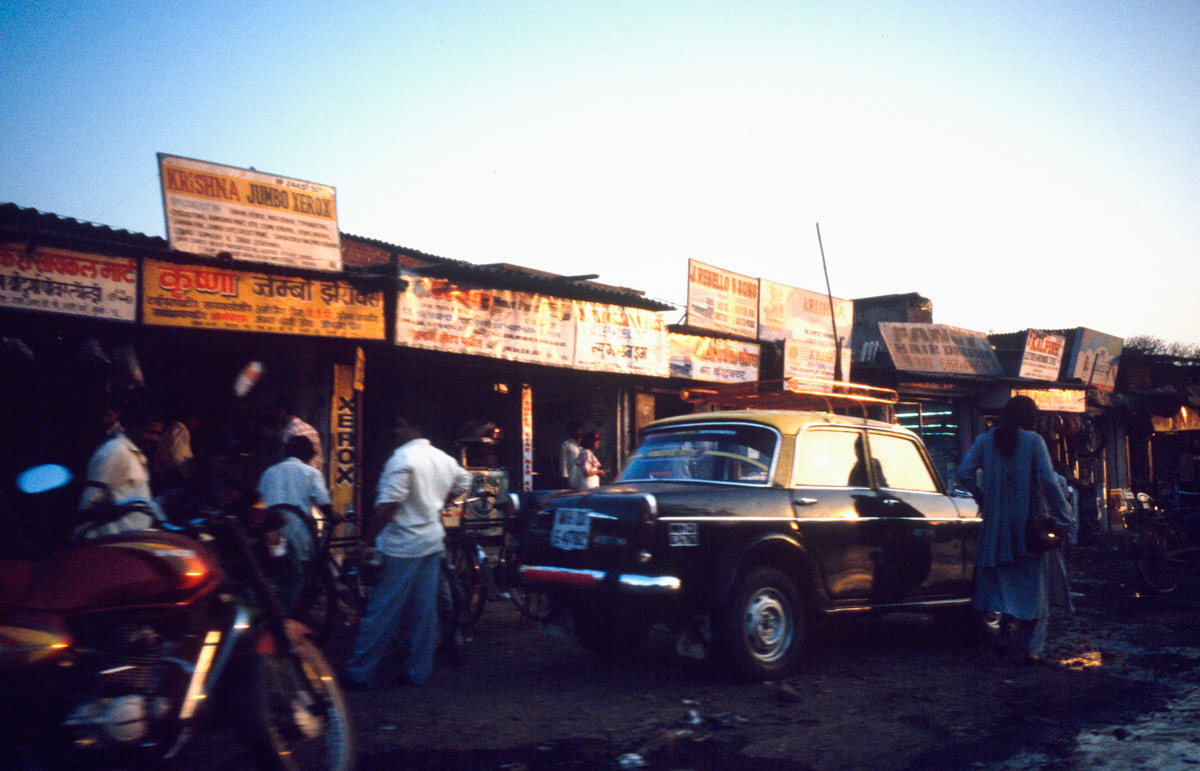
Mumbai, India, 2001. Either from the GR1 or GR1s, and probably Provia 100F. Totally blurred of course, but I like the atmosphere.
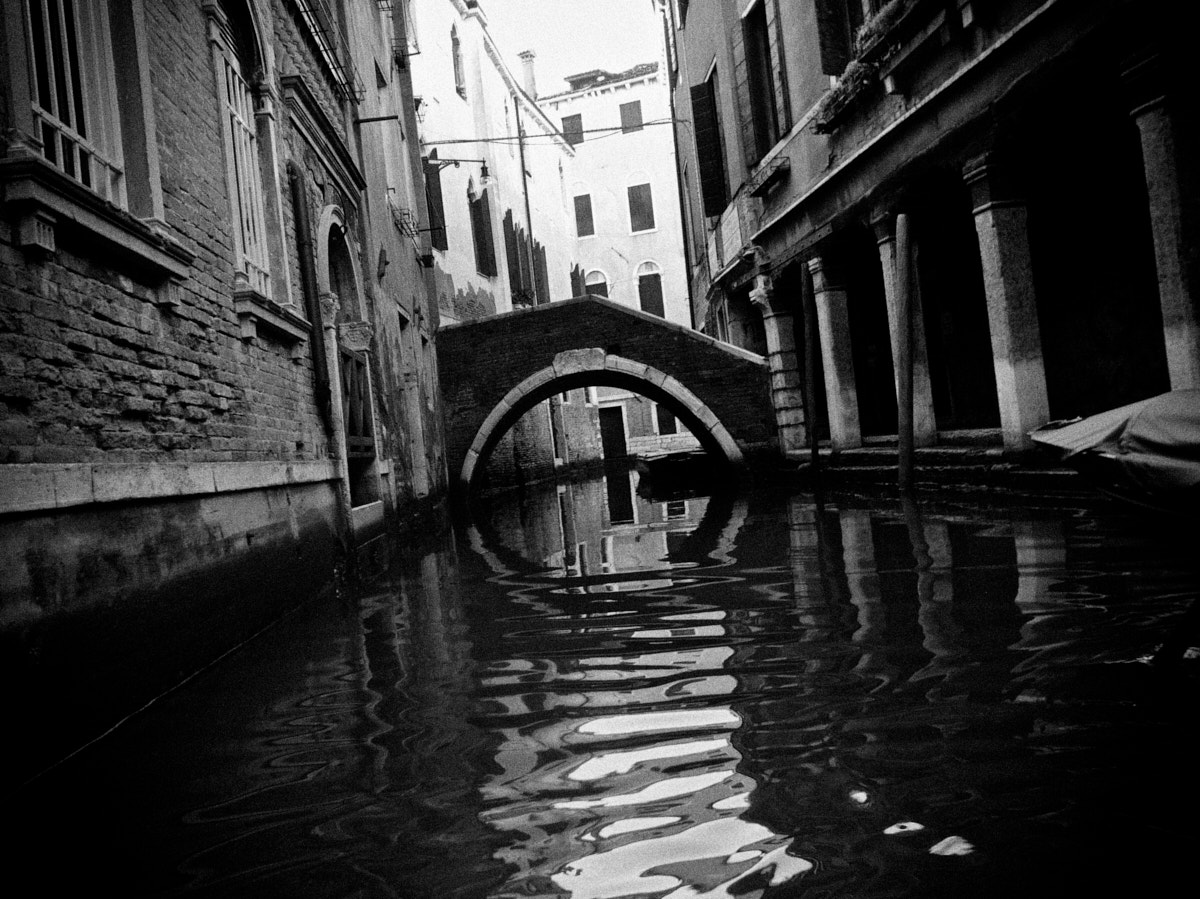
Venice, Italy, 2010 - GR Digital II
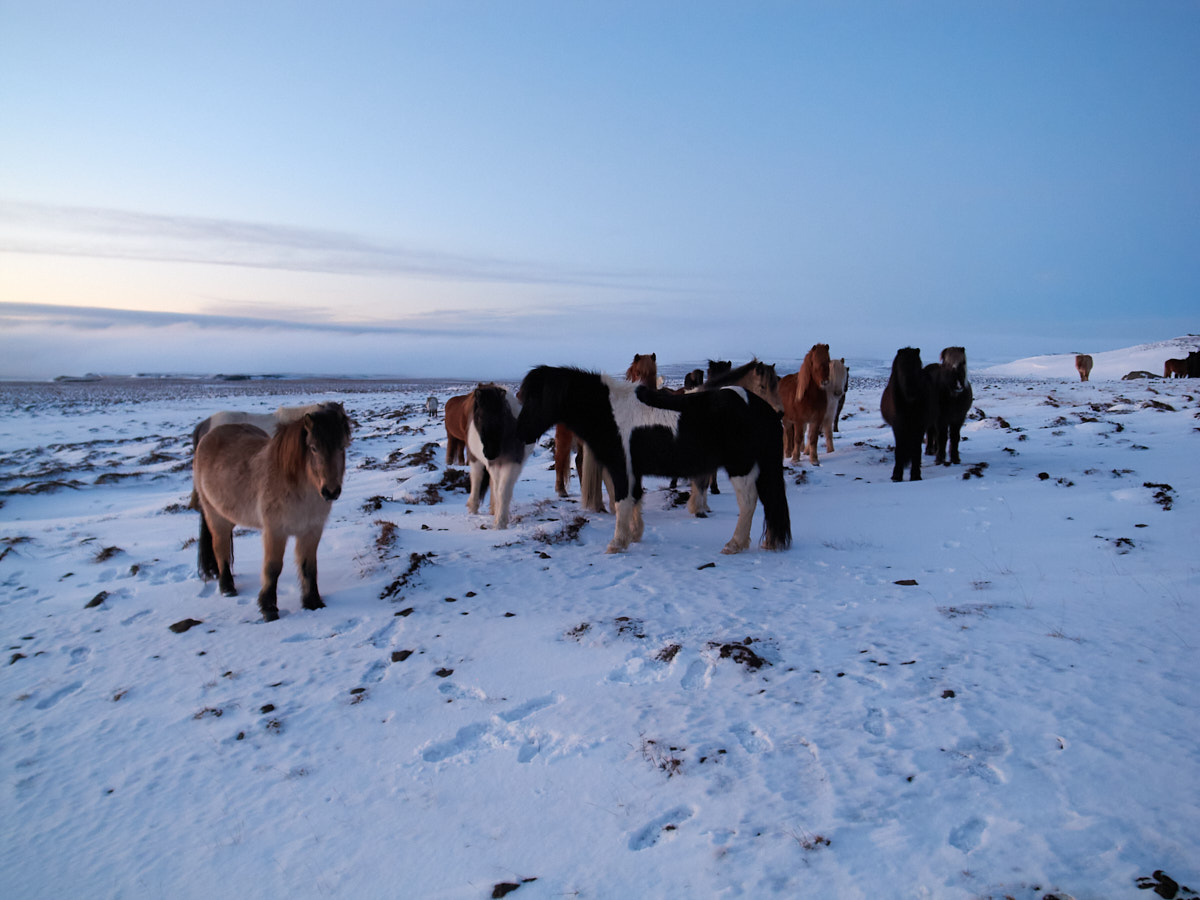
West Iceland, 2012 - GR Digital IV
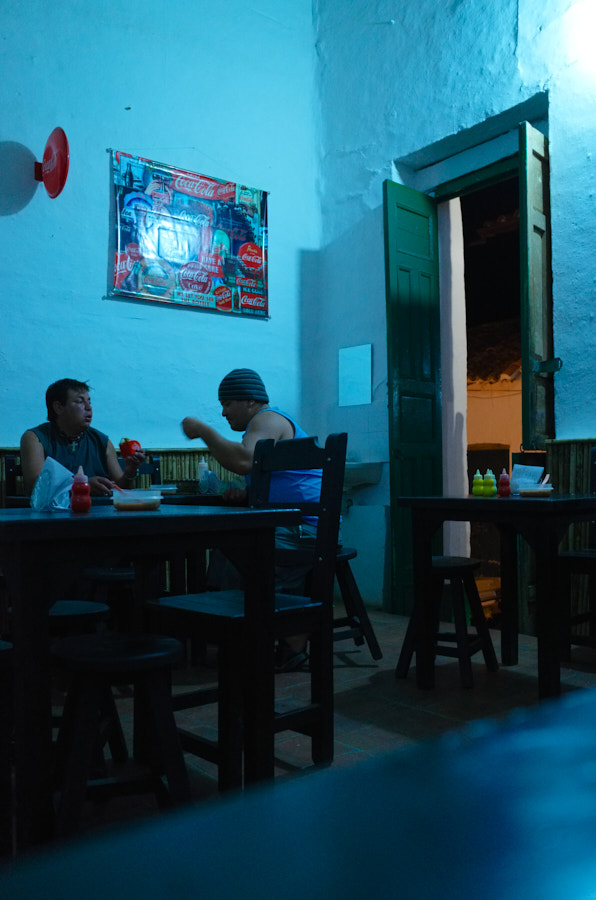
Barichara, Colombia, 2014 - GR
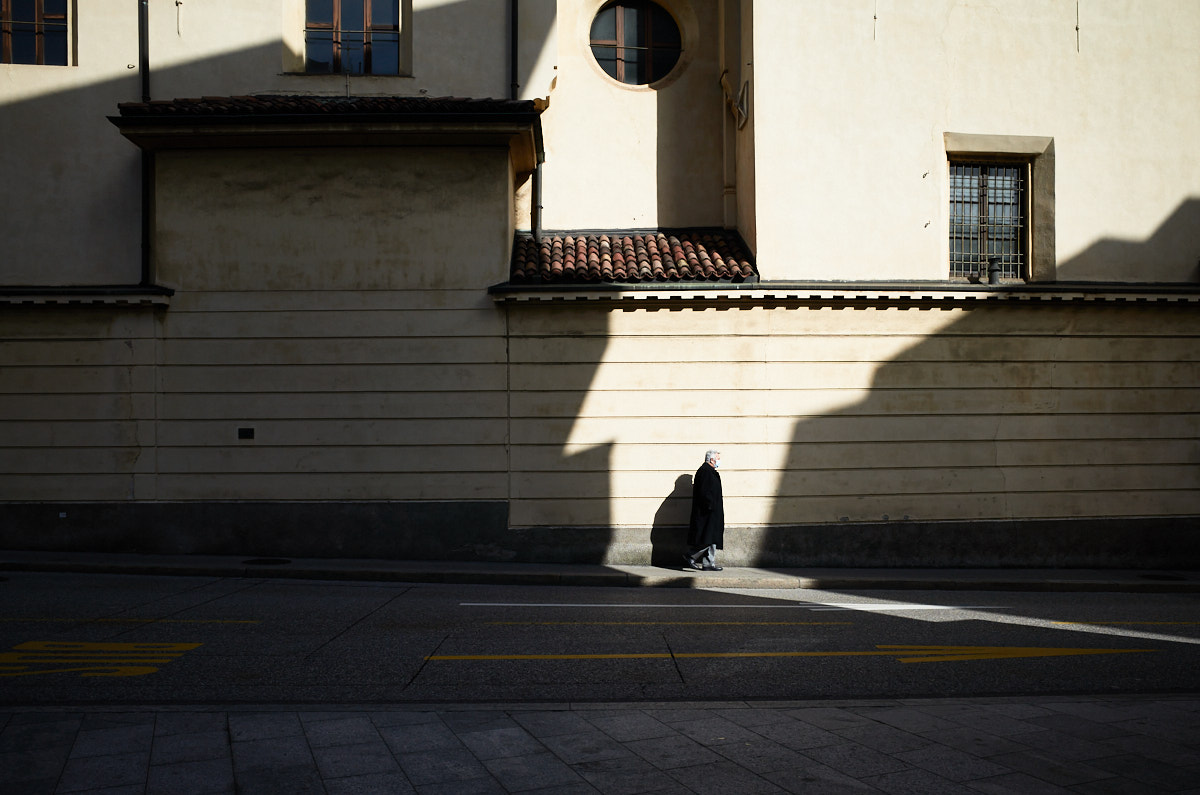
Lugano, Switzerland, 2021 - GR II
* some time in late 1997, I was looking for a compact camera to take to Venezuela. I already owned a secondhand Minox 35ML, but this had developed some issue, and I wasn’t confident it was reliable. So, and as far as I remember, I wanted to buy a new Minox. I found a small shop in Central London, in Picadilly Arcade, which sold Minox, and went there to buy one. Picadilly Arcade is a pretty upmarket location, I discovered, and probably the shop if it still existed today would cater for gold-plated Leica collector type customers. But in fact they were very friendly and helpful, and managed to talk me out of a Minox and into this new camera from a company I’d never heard of. So that’s how I became the owner of a new Ricoh GR1 Date, which went to Venezuela, survived being dropped in a tropical river, and gave many years of reliable service. It taught me the value of a good, or rather great, lens, also. A few years later I bought a second GR, a GR1s, from the same shop while visiting London. I don’t know what later became of them - another victim of online shopping, I imagine.


